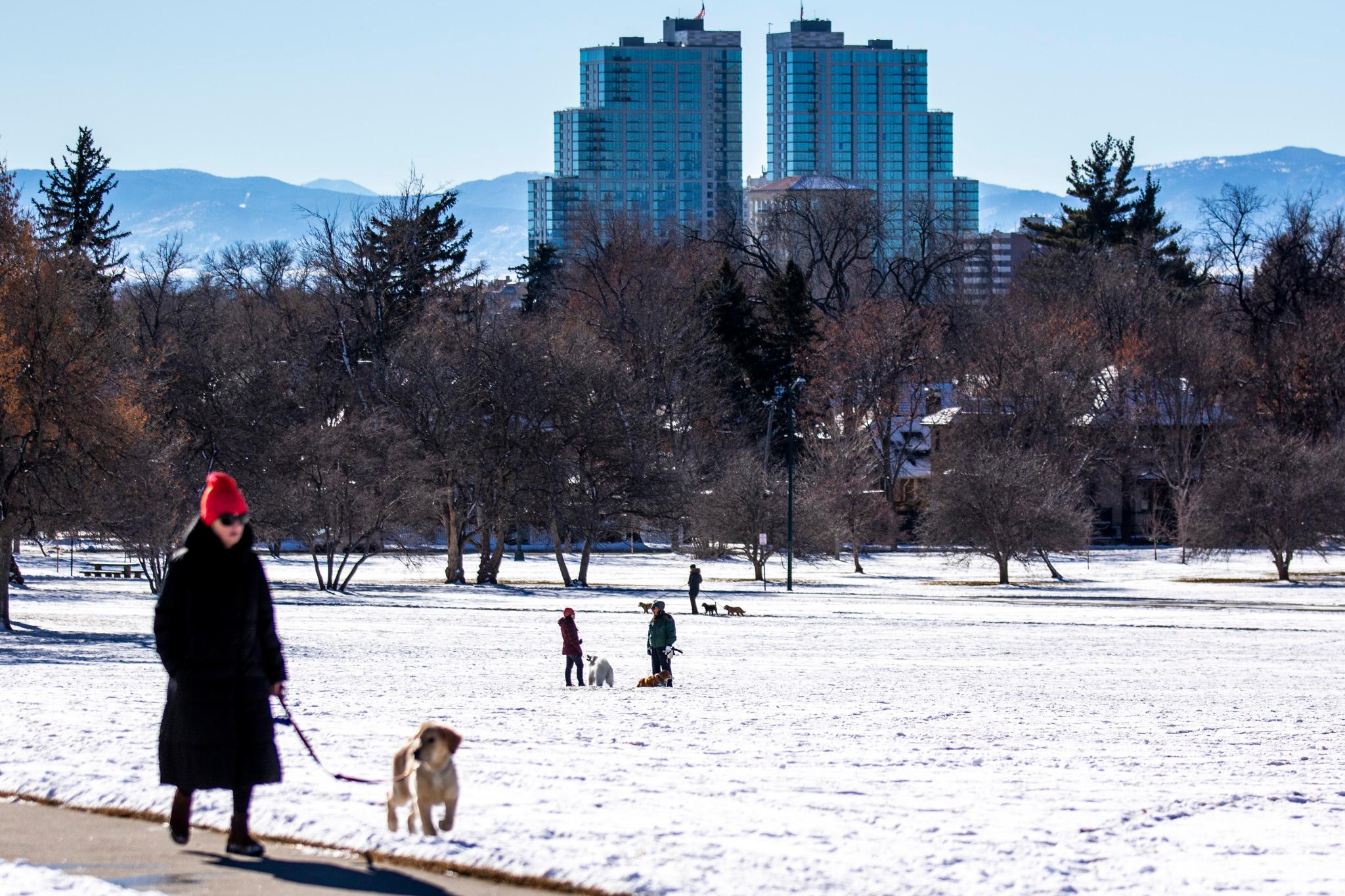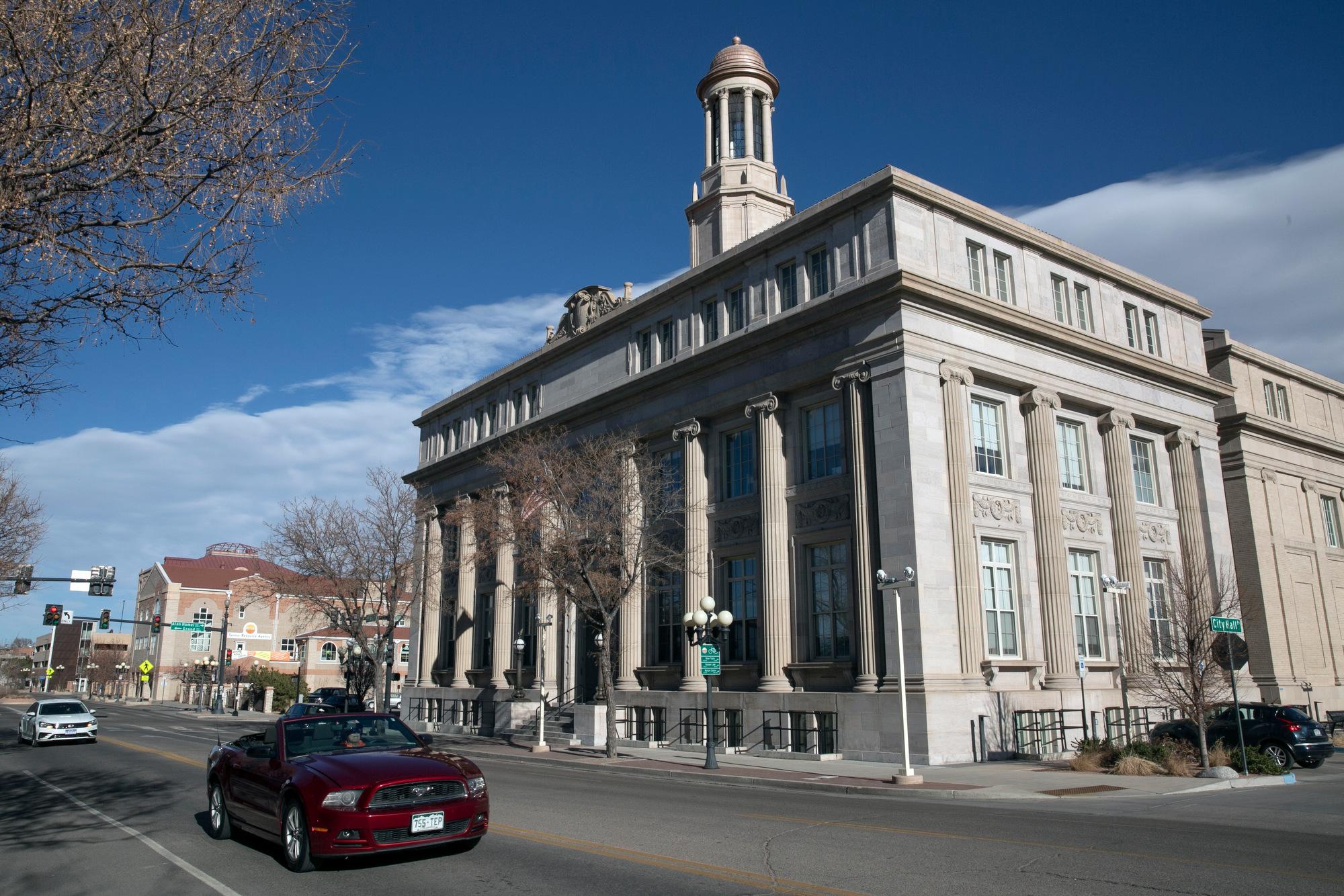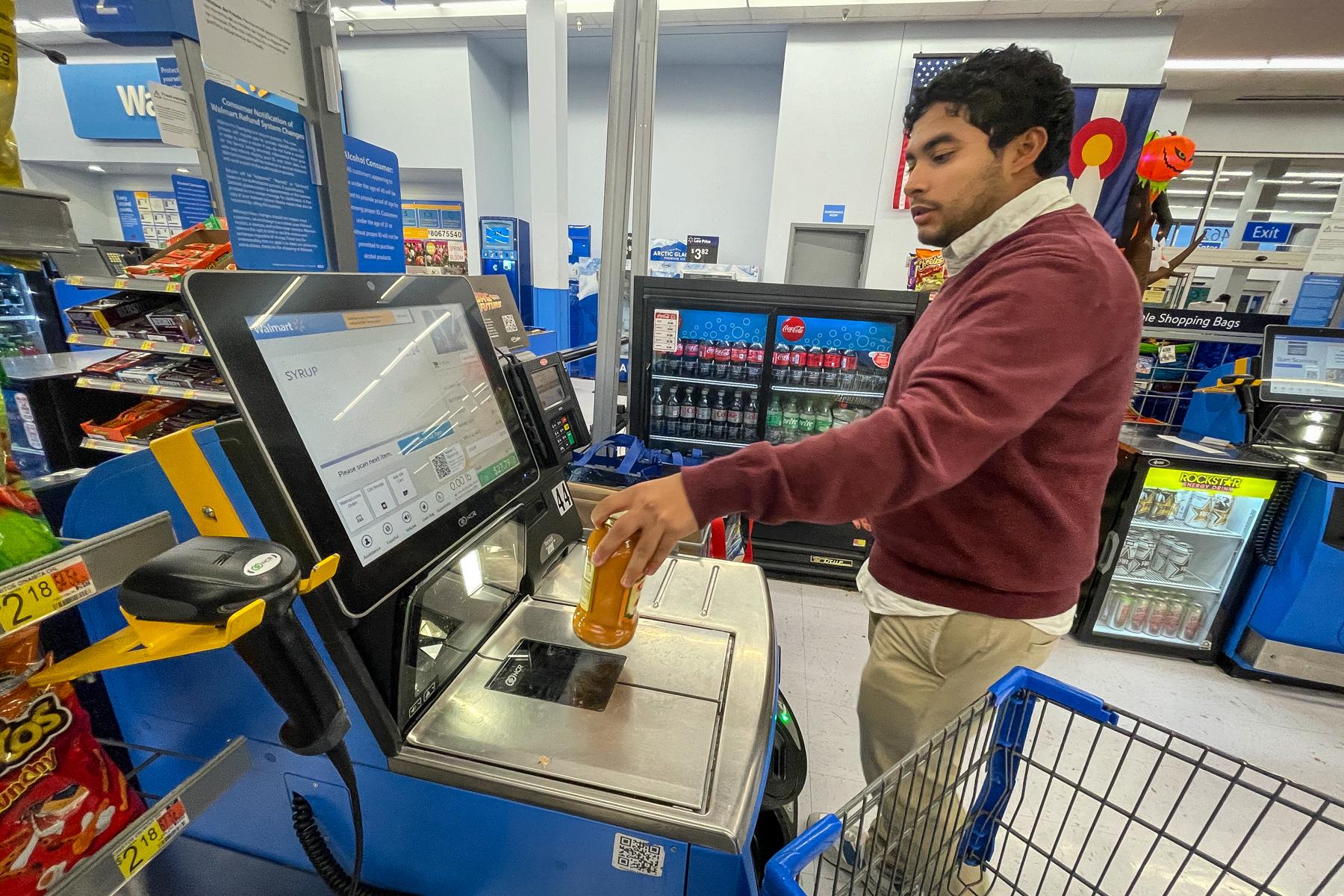
Ramen. It’s a staple of a college student’s diet. It's quick, filling and has at least some flavor. And most importantly, it's cheap.
But, that’s changing, as William Ulloa, a senior studying education at Colorado State University, has discovered. As inflation takes hold of people’s pocketbooks, the price of nearly all food is increasing — and salty, dry noodles aren’t immune.
“Gotta love the ramen,” Ulloa said while grocery shopping at a Walmart. “Oh man, it did go up. This used to be a dollar, now it's a dollar [and 12 cents].”
According to federal data, grocery prices have risen nearly 12 percent since last year.
A first generation student from an El Salvadoran family, Ulloa is already financially independent. On top of being a full-time student studying education, he also works a part-time job in retail to help make ends meet. And while prices have gone up, wages have typically remained stagnant.
“I get two paychecks a month ‘cause I get paid every other week. One check goes straight to paying my rent and utilities,” Ulloa said. “The other check is for everything else, which would be groceries, gas, bills. So realistically I have a little over $500 that I could use throughout the month.”
Despite living within walking distance from a King Soopers, Ulloa drives 15 minutes to a Walmart because prices there are cheaper. While he’s shopping, he’s strategic about what he picks up. On a recent visit, he considered a number of factors when placing things in his cart — its cost, its longevity, its tastiness, and how easy it is to cook.
At one point, Ulloa stopped to look at nuts and trail mix, an aisle he admits to skipping most of the time. He picked up a can of cashews, but staggered at the price.
“I love cashews but $10 for a jar of cashews — not gonna happen,” Ulloa said.
Ulloa didn’t even bother stopping in the vegetable section. He said grocery vegetable portions are too big and often go to waste because he and his roommates don’t have the time to cook.
“We [once] bought a big pack of strawberries. I think we only got through half of it and then the rest went to the trash.”
At the end of the trip, Ulloa’s giant Walmart cart was barely full. He took home a couple ramen packs, pasta sauce, frozen breakfast meals, toothpaste and a gallon of orange juice, among other items.
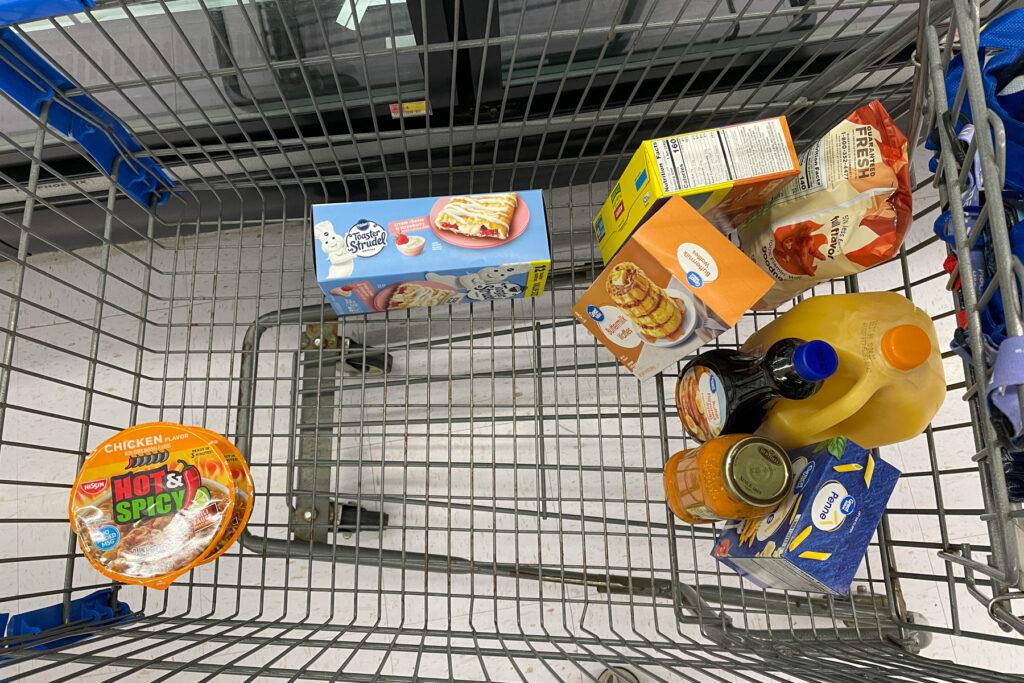
The total? Nearly $40 — almost 10 percent of his monthly budget.
“I get scared every month ‘cause I'm like, ‘Am I gonna have enough to pay my bills and whatnot?’” Ulloa said.
The state is taking college food insecurity seriously
Food insecurity is a major concern across college campuses nationwide. A study from Temple University found that 38 percent of college students are impacted by food insecurity. It can lead to a lower GPA, poor mental health and other effects.
The rise of food insecurity among college students has led Colorado’s Department of Higher Education to introduce the Hunger Free Campus Checklist, a list of goals that state universities are encouraged to meet to reduce food insecurity on-campus. The goals include opening a free campus food pantry, providing food stamp program enrollment assistance, raising awareness, and collecting data on the scope of food insecurity.
Fabian Sigala Orozco oversees the campus food pantry at CSU Pueblo. He said a big part of his job is raising awareness among students about the free program’s existence.
“Probably 35, 40 percent of the students are using it, but it would be more if we can get more promotion, making sure that the students know [about] this,” Orozco said.
Several campuses across the state have recently opened food pantries. Students are welcome to visit and receive free grocery items, oftentimes fresh fruit, and shelf-stable products, like cans of soup or beans.
Many of these food pantries, like CSU Pueblo’s Pack Pantry, are reliant on outside donations to stock the shelves. Orozco said that while demand has been higher this year, donations from other food banks, organizations and even regular people are down.
“Due to the cost of the food, the inflation that is happening, we are kind of having a little bit more limited [inventory] in regards to what we can get,” Orozco said.
Salina Edwards, a graduate student at Colorado Mesa University in Grand Junction, helped her college establish initiatives to address food insecurity, including opening a food pantry. She said donations to the pantry have remained steady, but she’s still feeling the effects of inflation.
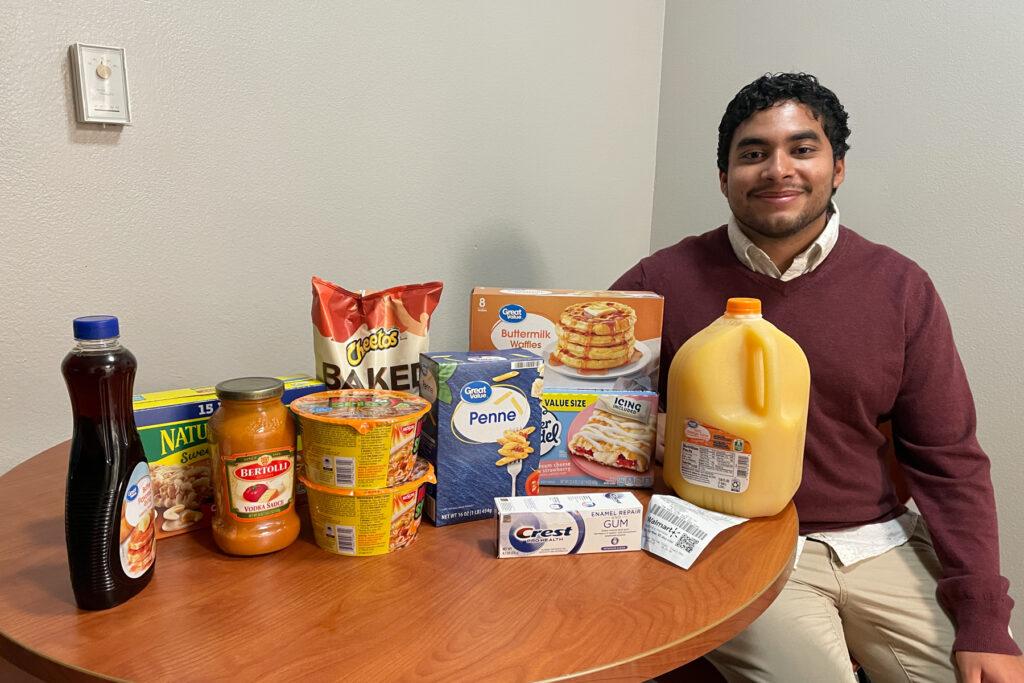
As a grad student, Edwards is basically a seasoned pro at eating on a budget. She’s developed strategies to make her dollar stretch as much as it can while eating tasty, nutritious food.
“The biggest thing for me is like, I never go to the grocery store hungry ‘cause that is my biggest weakness,” Edwards said. “And then making a list is definitely the way to go.”
Edwards doesn’t like the stereotypical image of a college student eating ramen to survive. She said that with the help of the state program and food pantries at their colleges, there’s more than enough food to go around so that students like her and Ulloa don’t need to worry about how they’ll afford groceries.
“We're kind of debunking that [stereotype] and saying ‘No, that's not something that you have to go through during your college career,’” she said. “You deserve to be well and have the access to food that you need so you can be successful while you're at college.”
So far, about a dozen Colorado universities have completed the state’s Hunger Free Campus Checklist.

